
Barack Obama has led this rediscovery of India — and in his wake, a surprise satirical movie called Phas Gaye Re Obama that’s turning out to be quite a hit — followed by Nicolas Sarkozy with his glam wife Carla, the redoubtable Chinese premier Wen Jiabao who went on to Islamabad from Delhi and, in the coming week, Dmitry Medvedev, flying in with a flavour of Moscow’s winter.
At home in India, irony rules the waves. The biggest corruption scandal since independence is coming to haunt the Manmohan Singh government, at the centre of it a man called Andimuthu Raja, who makes Asif Ali Zardari — a man who the Pakistani press so eloquently described as Mr Ten Percent in his heyday — look squeaky clean in retrospect. The only good news is that Raja has since been sacked, but not before dragging several of India’s democratically elected princes and princesses into the fray. Each one of them is protesting their innocence, of course, despite the daily indictment by the media.
Manmohan Singh’s reputation is on the line. Feted abroad, the prime minister, whose integrity is widely acknowledged, must now put his hand in the sewer lines at home if he has to order them to be cleaned up. We’ve been here before. A long, long time ago in 1985, Amitabh Bachchan, newly-elected member of parliament from Allahabad, friend of Rajiv Gandhi and India’s hottest film star of the time, resigned his seat citing politics as a “cesspool of corruption”.
It’s enough to drive you to the movies. Playing at a cinema close to me is a film called Khelein Hum Jee Jaan Se (KHJJS), made by Ashutosh Gowariker — famous for movies like Jodha Akbar and Lagaan — and starring Abhishek Bachhan, Amitabh’s son, and Deepika Padukone, who first made her mark in a Farah Khan starrer called Om Shanti Om.
They are part of the reason I buy a ticket for last Sunday’s matinee, even though the movie has now bombed at the Indian box office, increasingly synonymous with instant gratification. There’s a bigger motive: KHJJS is about the Chittagong uprising in 1930, when a handful of young men and women, and a score of teenager boys, made it their life’s mission to throw out the British from their corner of undivided India.
At first jerky and self-conscious, the movie hits you with repetitive hammer blows as it shows the merciless manner in which the British put down the uprising. How that deadly new weapon in the British armoury, the machine-gun, is ruthlessly employed to massacre the young boys. How Surya Sen, a teacher and the hero of the uprising, is sent to the gallows along with his comrades, where they are hanged until they’re dead.
It’s only been 80 years since Chittagong, so how can we have forgotten? Faiz described to us this new dawn that was already contaminated in 1947. Perhaps Faiz never reckoned there would be men like Andimuthu Raja who could divide and destroy us, within. Along with the new decade, India now awaits a new cleansing.
Published in The Express Tribune, December 19th, 2010.






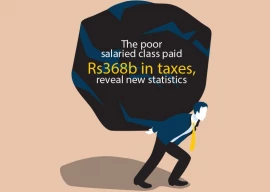
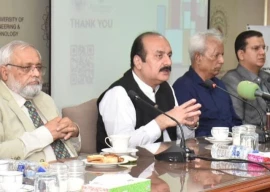
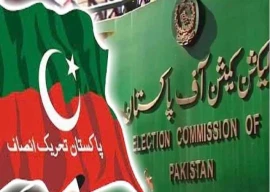
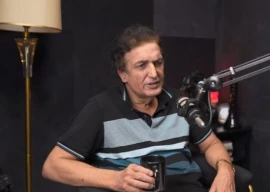
-(1)1717678110-0/Kendrick-(1)-(1)1717678110-0-270x192.webp)
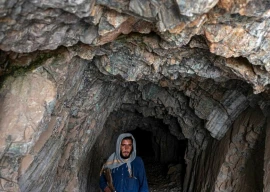


COMMENTS (1)
Comments are moderated and generally will be posted if they are on-topic and not abusive.
For more information, please see our Comments FAQ